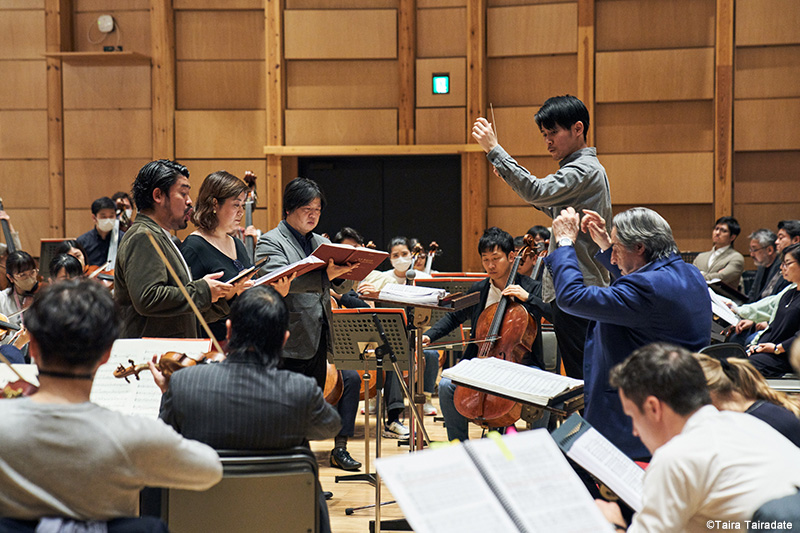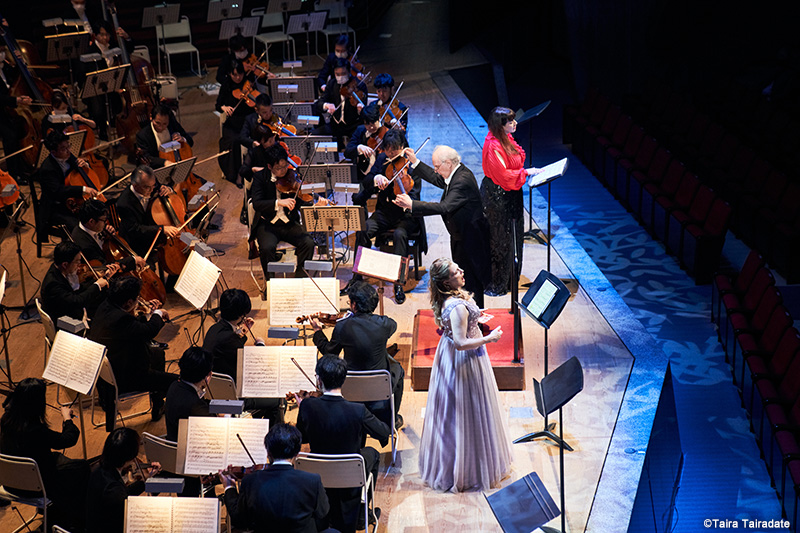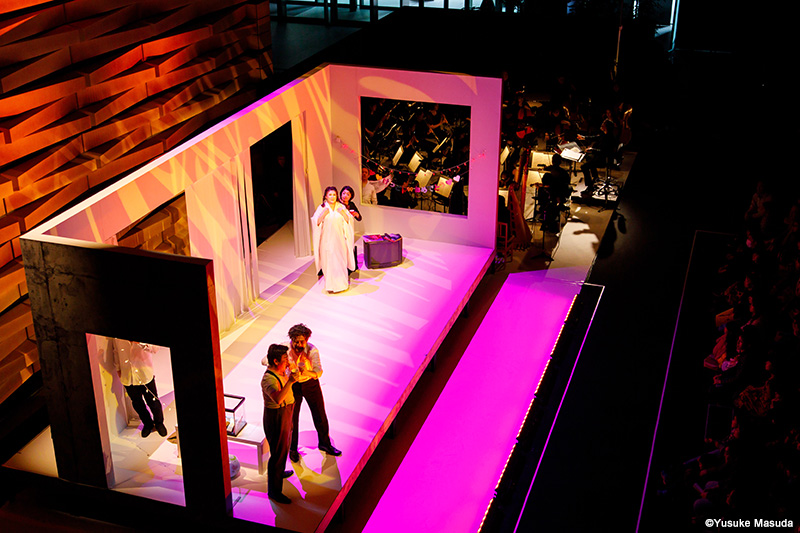SPRING FESTIVAL IN TOKYO
東京・春・音楽祭について
about SPRING FESTIVAL IN TOKYO
关于东京・春・音乐节
東京・春・音楽祭について
東京・春・音楽祭について
東京・春・音楽祭について
東京・春・音楽祭について
「東京・春・音楽祭」は、桜咲く上野を舞台に東京の春の訪れを音楽で祝う、国内最大級のクラシック音楽の祭典です。
長い冬が終わり、桜前線の知らせが聞こえ始める3月中旬に始まり、街が桜色に染まり、花吹雪から新緑を感じるまでの間、街が華やかに変化するときの躍る心をクラシック音楽で祝いたいと、2005年に始まりました。
オペラやオーケストラ、国内外一流アーティストによる室内楽をはじめとする演奏会から、街角で気軽に楽しめる音楽との出会いの場まで、様々な音色で東京の春の訪れを彩ります。
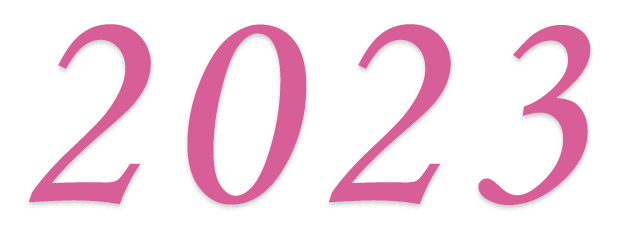
19回目の開催となった2023年は、国内外から一流アーティストを迎えた大小様々な演奏会やミュージアム・コンサート、そして3年ぶりに復活した「桜の街の音楽会」など、予定していたほぼ全ての公演を実現することができた。会場には笑顔と歓声があふれ、ステージ上のパフォーマンスがそれに呼応する。音楽祭本来の姿が帰って来ると同時に、20回目の春につながる、力強い一歩が踏み出された。
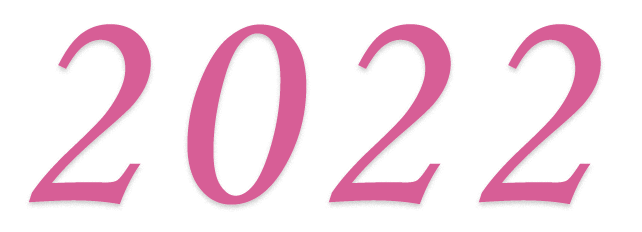
リッカルド・ムーティ&東京春祭オーケストラの公演で幕を開けた2022年は、コロナ騒動にともなう影響も徐々に小さくなり、有料公演数が66にまで回復。2年連続で中止となっていた「東京春祭プッチーニ・シリーズ」がスタートし、「東京春祭ワーグナー・シリーズ」には3年ぶりにマレク・ヤノフスキが登場し《ローエングリン》を指揮するなど、長かったトンネルの出口が見え始めた年となった。
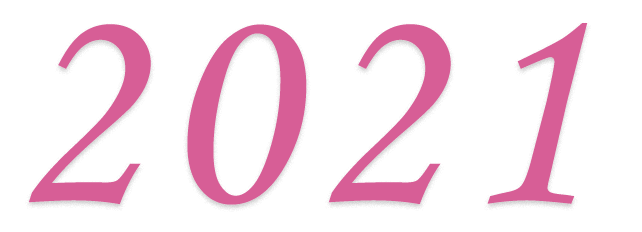

コロナ禍にともなう入国制限が敷かれるなど、2021年も非常に困難な春を迎えたが、計60公演を実施。
リッカルド・ムーティが「イタリア・オペラ・アカデミー」で《マクベス》を取り上げたほか、東京春祭オーケストラとモーツァルトを熱演。これら一連の演奏は、この年のベストコンサートとの呼び声も高かった。さらに、カタリーナ・ワーグナーがバイロイトから「子どものためのワーグナー《パルジファル》」をリモート演出したり、全公演のライブ・ストリーミング配信を敢行するなど、厳しい状況下でも進化し続ける東京春祭の存在感が際立った。
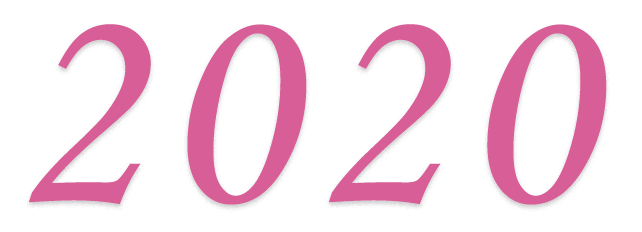

新型コロナウイルスのパンデミック下で始まった2020年。海外アーティストの来日が制限され、社会全体が自粛ムードに傾くなか、懸命の運営を続けたが、3月末に発せられた緊急事態宣言により、それ以降の公演が中止に。結果、9つの有料公演、2つの無料公演の開催にとどまったが、無観客ライブ・ストリーミング配信や無料オンデマンド配信を実施するなど最善を尽くした。また、東京オリンピック・パラリンピック文化イベントの一環として6月に予定されていた「東京・春・音楽祭特別公演 ベルリン・フィル in Tokyo 2020」も中止となった。
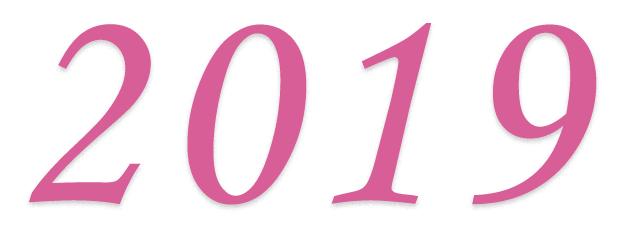
15周年を迎えた2019年は、リッカルド・ムーティによる「イタリア・オペラ・アカデミー in Tokyo」と、バイロイト音楽祭と提携した「子どものためのワーグナー」という2つの大型企画がスタート。これらに加え、「The 15th Anniversary Gala Concert」、エリーザベト・クールマンをフィーチャーした「La Femme C'est Moi」、東京春祭ワーグナー・シリーズ《さまよえるオランダ人》、そして日本とハンガリーの国交樹立150年を記念した公演など、アニバーサリーイヤーを飾るに相応しい"音楽の響宴"が実現した。
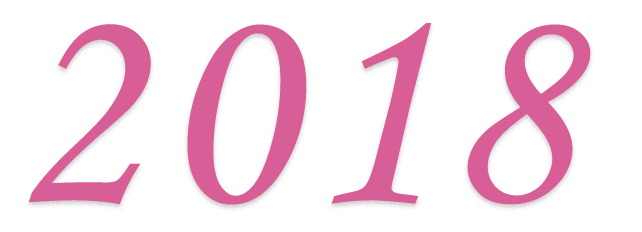

ワーグナー・シリーズで取り上げた《ローエングリン》は、2011年に予定されながらも大震災の影響で中止になった演目。音楽祭が始まって14年、大震災から7年を経て、総公演数がついに200を超えた(計207公演)。このほかにも、没後150年を迎えたロッシーニにちなんだ大型企画や、エリーザベト・レオンスカヤを迎えての「シューベルト・チクルス」など、充実した公演を数多く開催する。
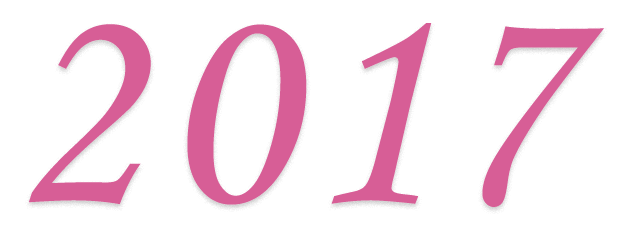

《神々の黄昏》で幕を閉じた『ニーベルングの指環』は、名匠ヤノフスキの勇姿とともに、日本の音楽シーンに強いインパクトを残す。4回目となる合唱の芸術シリーズでは、シューベルトの《ミサ曲 第6番》(指揮:ウルフ・シルマー)を披露。新シリーズ「ベンジャミン・ブリテンの世界」が始まったほか、「スペシャル・ ガラコンサート」や、マラソン・ コンサート「〈ロマン派〉~近代に生きた芸術家たち」など、計159公演を行なった。
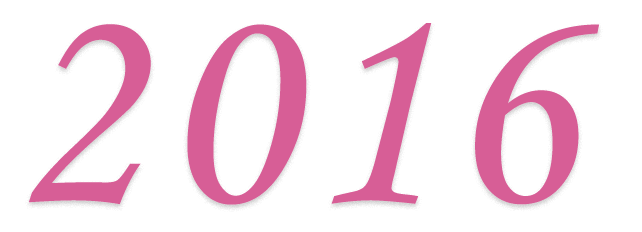

リッカルド・ムーティが、日本とイタリアの演奏家からなる合同オーケストラを指揮して(会場:東京芸術劇場)、音楽祭が開幕。夏には、同じ顔ぶれでイタリアでも演奏会を開いた。『ニーベルングの指環』は3作目の《ジークフリート》をヤノフスキが指揮。合唱の芸術シリーズでは、デュリュフレの《レクイエム》(指揮:レオ・フセイン)を上演。計164のコンサートを開催した。
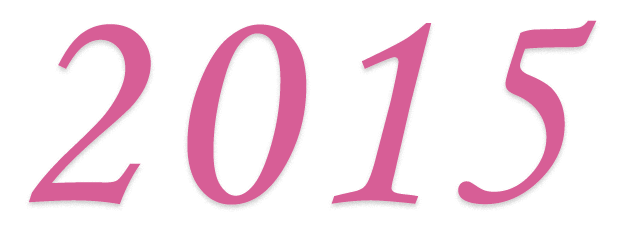

20世紀を代表するピアニスト、スヴャトスラフ・リヒテルの生誕100年を記念して、シリーズ公演 「リヒテルに捧ぐ」のほか、トーク・イベント、ドキュメンタリーフィルムの上演、写真展などを催した。2年目に入った『ニーベルングの指環』は《ワルキューレ》(指揮:マレク・ヤノフスキ)を上演し、合唱の芸術シリーズは、大野和士の指揮でベルリオーズ《レクイエム》を披露した。総公演数161。
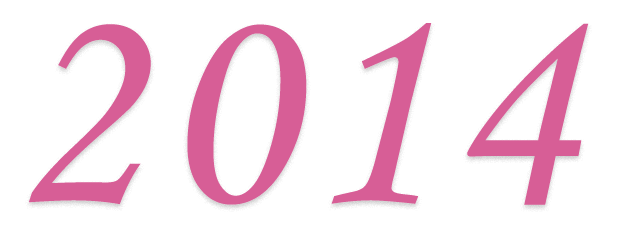

この年、音楽祭は10周年を迎えた。ワーグナー・シリーズにはマレク・ヤノフスキが登場し、足かけ4年にわたる『ニーベルングの指環』チクルスが《ラインの黄金》で幕を開けた。また、R.シュトラウスの生誕150年を記念した マラソン・コンサートでは、インターネットによるライブ・ストリーミング配信が行なわれた。さらに、東京都交響楽団との「東京春祭 合唱の芸術シリーズ」、「東京春祭ディスカヴァリー・シリーズ」が始まったのもこの年。
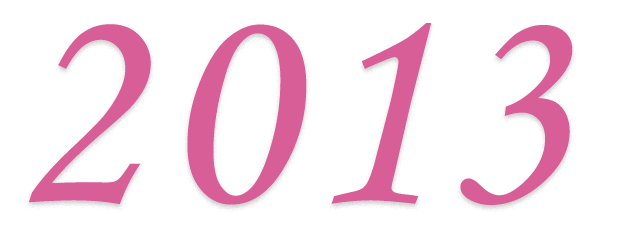

ワーグナーとヴェルディの生誕200年のこの年、ワーグナー・シリーズは《ニュルンベルクのマイスタージンガー》(指揮:セバスティアン・ヴァイグレ)を上演。マラソン・コンサートは「ワーグナーとヴェルディ」というテーマを掲げた。また同年は、ストラヴィンスキー《春の祭典》の初演から100年目にあたり、この傑作をモーリス・ベジャール振付で上演。秋にはリッカルド・ムーティが来日し、“ヴェルディ・イヤー”を彩る特別演奏会を指揮した。
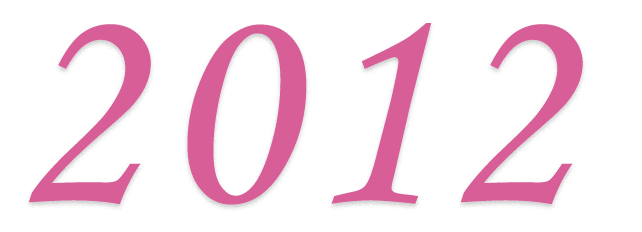

ワーグナー・シリーズの第三弾《タンホイザー》(指揮:アダム・フィッシャー)や、マラソン・コンサートの第二弾《ドビュッシーとその時代》などに、「東京春祭のStravinsky」や「東京春祭チェンバー・オーケストラ」といった新たなラインナップが加わり、音楽祭が始まって8年目で、総公演数が100を超えた。
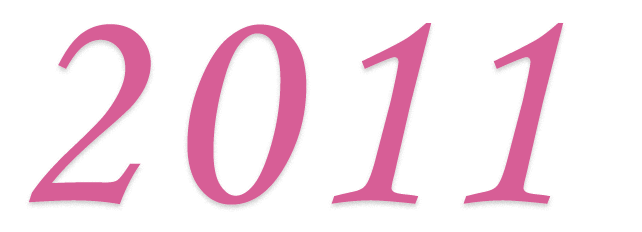
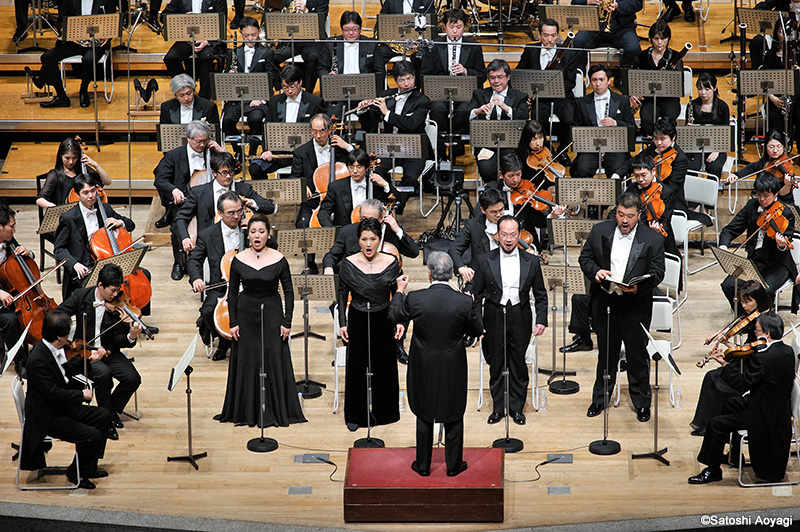
音楽祭の開幕直前に発生した東日本大震災により、首都圏では多くのイベントが中止になるなか、東京・春・音楽祭は「音楽の力」を信じ、旧東京音楽学校奏楽堂での「にほんのうた」を皮切りに、41公演を敢行(当初の予定は85公演)。チャリティーコンサートとして行なわれたベートーヴェン《第九》には、ズービン・メータが急きょ登場し、渾身のタクトを振るった。
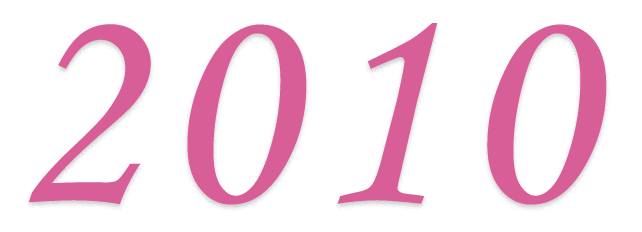

「東京春祭ワーグナー・シリーズ」の第一弾として《パルジファル》(指揮:ウルフ・シルマー/NHK 交響楽団)を演奏会形式で上演し、大きな話題を呼んだ。三度目の登場となったリッカルド・ムーティは《カルミナ・ブラーナ》を指揮。「東京春祭マラソン・コンサート」「歌曲シリーズ」「にほんのうた」、そして「桜の街の音楽会」など、今に至る東京・春・音楽祭の看板シリーズが始まる。総公演数は54。
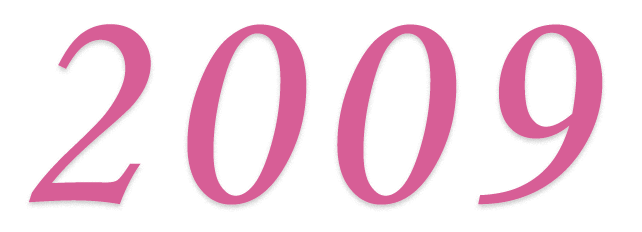

5回目の開催となった2009年は、名称を「東京・春・音楽祭 -東京のオペラの森-」に改め、新たなスタートを切った。オーケストラ公演では、NHK交響楽団が、ハイドンの没後200年を記念して《天地創造》(指揮:レオポルド・ハーガー)を披露。「東博でバッハ」などのシリーズ公演も始まり、ミュージアム・コンサートが充実していく。
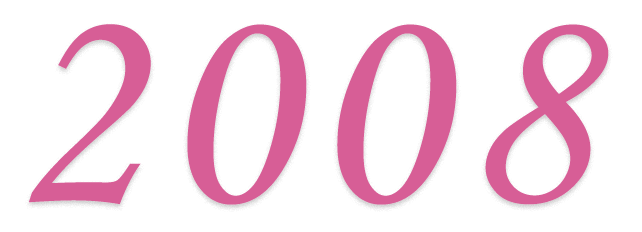

「チャイコフスキーとその時代」というテーマのもと、小澤征爾が歌劇《エフゲニー・オネーギン》(ウィーン国立歌劇場との共同制作)を指揮したほか、交響曲第6番《悲愴》(指揮:ミヒャエル・ボーダー)などを取り上げた。またこの年、NHK交響楽団と東京都交響楽団が演奏会を催した。計39公演を実施。
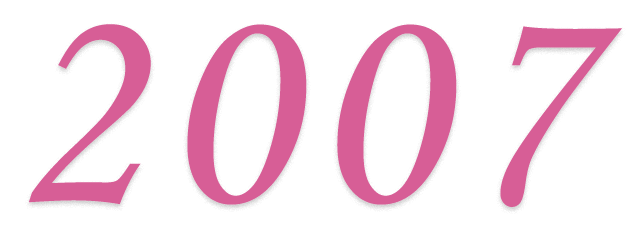

オペラ公演は、ワーグナーの歌劇《タンホイザー》(指揮:小澤征爾)を上演(国立パリ・オペラ座、 バルセロナ・リセウ大劇場との共同制作)。オーケストラ公演のロッシーニ《スターバト・マーテル》他には、2年連続でリッカルド・ムーティが登場。美術館・博物館での公演も増え、計32公演を開催した。
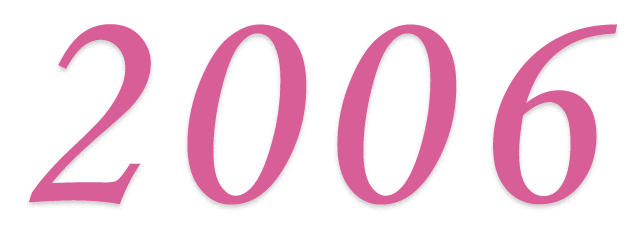

2年目のテーマは「ヴェルディとその時代」。オペラ公演では、ウィーン国立歌劇場との共同制作による、歌劇《オテロ》を上演(指揮は、体調不良で降板した小澤征爾に代わり、フィリップ・オーギャンが担当)。オーケストラ公演では、リッカルド・ムーティを迎えて《レクイエム》を演奏した。さらには、上野公園のミュージアムを会場とした様々なコンサートや関連イベントを開催した。
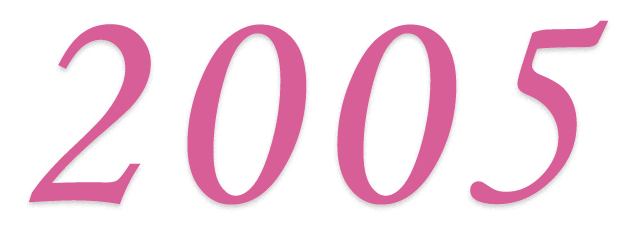

「東京から世界へ向けて新たな芸術文化を発信する」ことを目指し、「東京のオペラの森」(音楽監督:小澤征爾)を創設。R.シュトラウスをテーマに掲げ、フィレンツェ歌劇場との共同制作で新演出の歌劇《エレクトラ》(指揮:小澤征爾)をはじめ、オーケストラ公演(「アルプス交響曲」他)や、室内楽公演(白井光子&ハルトムート・ヘル)など、計8公演を実施した。
About Spring Festival in Tokyo
“Spring Festival in Tokyo” is the largest classical music festival in Japan, celebrating the arrival of spring in the cherry blossom adorned Ueno area.
With the end of the long winter and the approaching cherry blossom front in mid-March, the city soon becomes doused in shades of pink, followed by falling petals and then fresh green leaves. Since 2005, the festival has continued to celebrate the lifting of spirits brought on by the picturesque transformation of the city with classical music.
From operas, orchestras, chamber music to casually enjoyable music on street corners, performed by leading artists from Japan and abroad, the festival decorates the arrival of spring in Tokyo with colorful tones.

In 2023, the 19th year of the Festival, almost all planned performances were realized, including concerts of various sizes featuring top artists from Japan and abroad, museum concerts, and the Concerts in Harmony with Cherry Blossoms, which was revived for the first time in three years. The venues were filled with smiles and cheers, and the performances on stage responded in kind. The Festival returned to its original form, but at the same time, it took a powerful step forward, leading to the 20th spring.

The year 2022 opened with a performance by Riccardo Muti & the Tokyo-HARUSAI Festival Orchestra and saw the number of paid performances recover to 66 as the effects of COVID-19 were gradually alleviated. After two consecutive years of cancellations, the Tokyo-HARUSAI Puccini Series began, and Marek Janowski appeared for the first time in three years to conduct “Lohengrin” in the Tokyo-HARUSAI Wagner Series, making it the year in which the light at the end of long tunnel began to appear.


Despite a very difficult spring in 2021 with entry restrictions imposed due to COVID-19, a total of 60 performances were held. Riccardo Muti presented “Macbeth” at the Italian Opera Academy and gave an enthusiastic performance of Mozart with the Tokyo-HARUSAI Festival Orchestra. These series of performances were hailed as the best concerts of the year. Furthermore, Katharina Wagner remotely directed “Wagner ‘Parsifal’ for the Children” from Bayreuth, and live-streamed all performances, highlighting the Tokyo-HARUSAI Festival's continuing evolution even under difficult circumstances.


The year 2020 began under a new coronavirus (COVID-19) pandemic. The events continued to operate to the extent possible amid restrictions on foreign artists coming to Japan and a mood of self-restraint in society as a whole, but a state of emergency was declared at the end of March and all subsequent performances were canceled. As a result, only nine paid performances and two free performances were held, but the utmost efforts were extended to provide live streaming and free on-demand delivery without audience participation. Also canceled was the Spring Festival in Tokyo Special Performance by the Berlin Philharmonic in Tokyo 2020 scheduled for June as part of the Tokyo Olympics and Paralympics cultural events.

In 2019, the 15th anniversary year, two major projects were launched: “Italian Opera Academy in Tokyo” by Riccardo Muti and “Wagner for the Children” in partnership with the Bayreuth Festival. In addition to the above, “The 15th Anniversary Gala Concert”, “La Femme C'est Moi" featuring Elisabeth Kulman, the Tokyo-HARUSAI Wagner Series “The Flying Dutchman,” and a performance commemorating the 150th anniversary of the establishment of diplomatic relations between Japan and Hungary were held, a perfect way to mark the anniversary year./p>


"Lohengrin" as part of the Wagner Series was scheduled to be performed in 2011, but was cancelled due to the earthquake. Fourteen years after the Music Festival began and seven years after the earthquake, the total number of performances finally exceeded 200 (207 in total). In addition, many other meaningful performances were held, including a major project in honor of Rossini on the 150th anniversary of his death and “Schubert-Zyklus” featuring Elisabeth Leonskaja.


Closing with “Götterdämmerung”, Der Ring des Nibelungen left a strong impact on the Japanese music scene, along with the heroic performance of master musician Janowski. The fourth installment of the Tokyo-HARUSAI Choral Works series featured Schubert's “Mass No. 6” (conductor: Ulf Schirmer). In addition to the new series “The World of Benjamin Britten,” a total of 159 performances were held, including the "Special Gala Concert" and the marathon concert “Romanticism - Artists in the Modern Age.”


Riccardo Muti conducted a combined orchestra of Japanese and Italian performers (venue: Tokyo Metropolitan Theatre) to open the festival. In the summer, the same lineup also performed a concert in Italy. Janowski conducted “Siegfried,” the third production of Der Ring des Nibelungen. Tokyo-HARUSAI Choral Works series presented Durufle’s “Requiem” (conductor: Leo Hussainin). A total of 164 concerts were held.


To commemorate the 100th anniversary of the birth of Sviatoslav Richter, one of the most famous pianists of the 20th century, the festival held a series of performances dedicated to Richter, as well as speaking events, documentary film presentations, and photo exhibitions. In its second year, Der Ring des Nibelungen presented “Die Walküre” (conductor: Marek Janowski), and the Tokyo-HARUSAI Choral Works Series presented Berlioz's “Requiem” under the baton of Kazushi Ono. The total number of performances was 161.


This year the festival celebrated its 10th anniversary. Marek Janowski appeared in the Wagner Series, and the four-year-long Der Ring des Nibelungen Zyklus opened with "The Rhine Gold.” A marathon concert commemorating the 150th anniversary of the birth of Richard Strauss was streamed live on the Internet. This was also the year that the “Tokyo-HARUSAI Choral Works Series” and “Tokyo-HARUSAI Discovery Series” with the Tokyo Metropolitan Symphony Orchestra began.


In this bicentennial year of the births of Wagner and Verdi, the Wagner Series presented “Die Meistersinger von Nürnberg” (conductor: Sebastian Weigle). The marathon concert was themed “Wagner and Verdi.” The same year also marked the 100th anniversary of the premiere of Stravinsky's “The Rite of Spring,” a masterpiece choreographed by Maurice Béjart. In the fall, Riccardo Muti visited Japan to conduct a special concert to mark the “Year of Verdi.”


The third installment of the Wagner Series “Tannhäuser” (conductor: Adam Fischer) and the second marathon concert “Debussy and His Time,” were joined by new lineups such as “Tokyo-HARUSAI Stravinsky” and “Tokyo-HARUSAI Chamber Orchestra,” bringing the total number of performances to over 100 in the festival's eight years.


While many events in the Tokyo metropolitan area were cancelled because of the Great East Japan Earthquake that occurred just before the opening of the Festival, the Spring Festival in Tokyo believed in the power of music and staged 41 performances, starting with "Nihon no Uta" at the Sogakudo Concert Hall (85 performances were originally scheduled). Zubin Mehta made an abrupt appearance to perform Beethoven's Ninth as a charity concert, wielding his baton with all his might.


As the first piece in the Tokyo-HARUSAI Wagner Series, “Parsifal" (conductor: Ulf Schirmer/NHK Symphony Orchestra) was performed in concert format, attracting great attention. Making his third appearance, Riccardo Muti conducted “Carmina Burana.” The signature series of the Spring Festival in Tokyo began, including the “Tokyo-HARUSAI Marathon Concert”, “Song Series”, “Nihon no Uta,” and “Concerts in Harmony with Cherry Blossoms.” The series still continues to this day. The total number of performances was 54.


In 2009, the fifth year of the event, the name was changed to the “Spring Festival in Tokyo - Tokyo Opera Nomori” and a new start was made. The orchestral performances featured the NHK Symphony Orchestra performing “The Creation” (conductor: Leopold Hager) to commemorate the 200th anniversary of Haydn's death. The museum concert series, including “Bach at the Tokyo National Museum,” was expanded and enhanced.


Under the theme of “Tchaikovsky and His Time,” programs such as the opera “Eugene Onegin” (conducted by Seiji Ozawa and co-produced with the Vienna State Opera) and Symphony No. 6 “Pathétique” (conducted by Michael Boder) were featured. Also, the NHK Symphony Orchestra and the Tokyo Metropolitan Symphony Orchestra gave concerts that year. A total of 39 performances were held.


The opera performances included Wagner's opera “Tannhäuser” (conductor: Seiji Ozawa), co-produced by the Opéra National de Paris and the Gran Teatro del Liceu. For the second year in a row, Riccardo Muti appeared in the orchestral performance of Rossini's Stabat Mater. More performances were held at art galleries and museums, for a total of 32 performances.


The theme for the second year was “Verdi and His Time.” The opera performances featured “Otello,” a co-production with the Vienna State Opera (Philippe Auguin conducted in place of Seiji Ozawa, who stepped down because of health problems). The orchestral performances featured Riccardo Muti in “Requiem.” In addition, various concerts and related events were held at a museum in Ueno Park.


The “Tokyo Opera Nomori” (music director: Seiji Ozawa) was founded with the aim of presenting new art and culture from Tokyo to the world. With Richard Strauss as the theme, a total of eight performances were held, including the newly produced opera “Elektra” (conductor: Seiji Ozawa) co-produced with Teatro Comunale di Firenze, orchestral performances (“An Alpine Symphony” and others), and chamber music performances (Mitsuko Shirai and Hartmut Höll).


